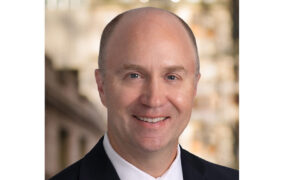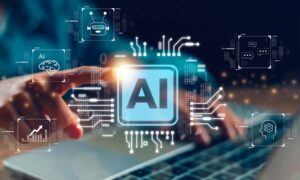The science of cardiology and electrophysiology is making many exciting advances. New medical technologies are available which can revolutionize the care of many cardiac illnesses. Heart rhythm problems are the special concern of the electrophysiologist. Dr. Allen Amorn, a cardiologist and electrophysiologist from Ohio, explains some of these recent advances and shares how they can help heart patients live longer and more fulfilling lives.
Augmented and Virtual Reality
Cardiologists are taking advantage of the special qualities of augmented and virtual reality technologies. These advances, starting with something as simple as Google Glass-type headpieces, can display information that enhances a physician’s understanding. Displaying supporting information in a hands-free manner saves time and gives the physician more insights into the procedure.
Virtual reality is another important development for cardiology. The Stanford Virtual Heart Project has created a way in which cardiologists can explain heart abnormalities to the parents of pediatric patients. Sharing the virtual reality experience gives parents and clinicians the opportunity to discuss exactly what will happen during a procedure. Having a child with a heart problem is incredibly stressful, and the Virtual Heart Project is able to provide a parent with some answers in a difficult time.
New Stent Technology
Medical equipment manufacturers are now making bioresorbable stents. A stent is a small mesh tube placed inside a blood vessel which releases drugs directly into the vessel, keeping it open. The problem with stents is that they sometimes experience blood clots, meaning that the patient has to be on a strict regimen of blood thinners and other medications.
The bioresorbable stent is designed to break down naturally over the course of a year and to help to widen the blood vessel so that it can operate properly on its own without the need for the stent.
Leadless Pacemakers
Pacemakers are implanted in the body to help the heart retain a healthy rhythm. Dr. Allen Amorn claims that with a traditional pacemaker, a battery-operated power source is placed under the skin. Using a wire called a lead, the pacemaker brings power to the heart muscle. Leads are fraught with mechanical problems which can cause the pacemaker to fail. Newer technology includes pacemakers with no leads, which have fewer parts which can break down.
Electrophysiologists find these pacemakers to be incredibly helpful in treating their patients with heart rhythm disorders. These pacemakers are inserted using a catheter, meaning that they can be used in a minimally invasive manner.
Protein to Prevent Scar Tissue
When a patient has a heart attack, the cells in the heart are damaged. These cells are not able to regenerate, so scar tissue forms in their place. The scar tissue makes it difficult for the heart to do its job and to pump blood efficiently throughout the body. This problem leads to heart failure. Researchers have discovered that a small patch containing a specific protein can be placed on the heart after a heart attack. This protein may be able to help the heart grow normal cells again and reduce the risk of future complications.
Better Ablation Procedures
Electrophysiologists such as Dr. Allen Amorn, MD, often turn to ablation to improve the function of the heart. Certain areas of heart tissue are killed to allow electrical signals to move properly through the heart. This procedure has undergone changes which make it more effective. In the past, ablation therapy for atrial fibrillation was unsuccessful in 40 percent of patients. Electrophysiologists have been able to use new technologies including cryoballoon ablation systems and laser ablation balloon systems. These procedures are quicker, easier, and more successful than traditional ablation procedures. This helps patients recover from atrial fibrillation more easily.
Exciting New Technologies
Cardiac patients should be aware that there is a groundswell of knowledge in cardiology and electrophysiology. Electrophysiologists will soon be able to control heart rhythm disorders more easily and with more long-lasting success. Allen Amorn recommends that all interested parties keep track of these exciting new advances.



































